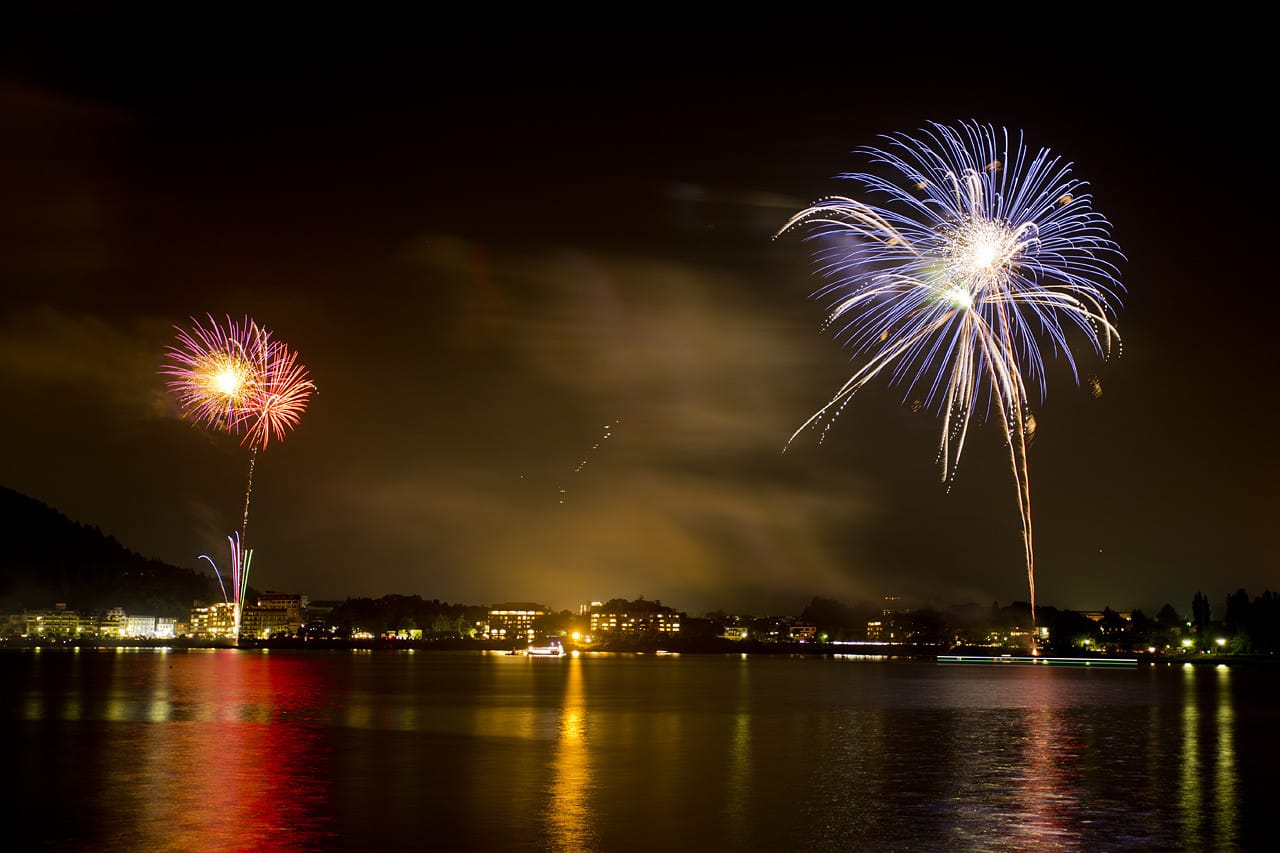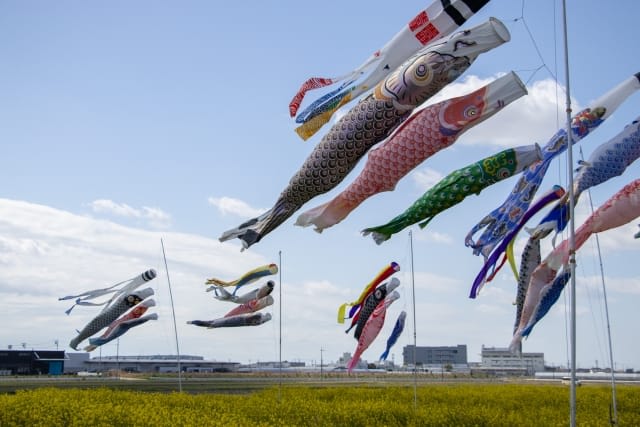Explore Mt. Fuji in Summer: A Complete Guide for Foreign Visitors
Mount Fuji, a symbol of Japan, attracts countless tourists who visit Japan specifically to witness its majestic presence. However, given Mount Fuji's massive size and the numerous tourist attractions scattered around its vicinity, we've created this guide to help you explore the Mount Fuji area efficiently.
Additionally, Magical Trip, which won the #1 spot for all tours on Tripadvisor in 2024, has recently launched the Mount Fuji tours.

The "Mt. Fuji Full-day Nature Guided Tour with a Private Chartered Car & Guide" offers a stress-free experience exploring the Mount Fuji area, complete with private car transportation from Tokyo.
Even if you have limited time to explore the Mount Fuji region, this tour allows you to visit all the must-see spots with detailed guidance from your tour guide.
If you're interested in efficiently experiencing the essential locations while gaining deep insights from a knowledgeable local guide who knows the area inside and out, we highly recommend joining the "Mt. Fuji Full-day Nature Guided Tour with a Private Chartered Car & Guide."
We hope you'll have a wonderful time experiencing everything Mt.Fuji has to offer by joining a Magical Trip tour!
Introduction
Mt. Fuji in summer is a special place where magnificent natural beauty harmonizes with Japanese traditional culture. In my 10 years of visiting, I never cease to be amazed by the charm of Mt. Fuji, a World Heritage site.
While there are challenges like tourist season crowds, sudden weather changes, and sometimes the risk of altitude sickness, these difficulties are part of what makes Mt. Fuji such an important spiritual anchor for us Japanese people.
From the sea of clouds spreading from the 3,776-meter summit, to Mt. Fuji's reflection in the Five Lakes, to fireworks displays coloring the night sky, breathtaking views await you at summer Mt. Fuji. Beyond hiking, there are endless ways to enjoy yourself, including touring the foothills' tourist spots.
Would you like to create your own special memories at Mt. Fuji, Japan's symbol? I'll help you plan an enriching Mt. Fuji trip with this complete guide.
Table of Contents
・Summer Trip to Mt. Fuji: Basic Information
・Enjoying Summer Mt. Fuji Hiking
・Summer Mt. Fuji Fireworks Events
・Frequently Asked Questions About Summer Mt. Fuji
Summer Trip to Mt. Fuji: Basic Information
I'll introduce the basic information you need to know when planning your trip to Mt. Fuji. Based on my actual experiences, I'll provide specific advice about weather, clothing, and access methods.
Climate and Clothing in the Mt. Fuji Area
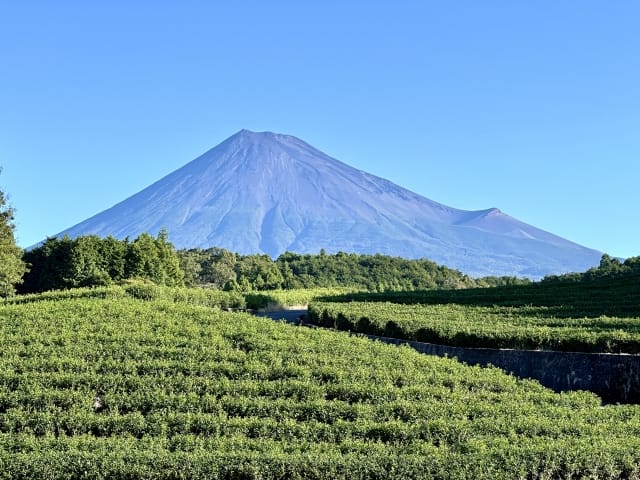
The Mt. Fuji area in summer is characterized by significant temperature differences due to elevation. While the average temperature at the foot of the mountain in July and August is a comfortable 20-25°C, temperatures drop significantly as elevation increases. In my experience, it's not uncommon for temperatures near the summit to fall below 10°C even in midsummer.
I recommend layering as the basic clothing approach. While short sleeves are comfortable at the base, warm clothing is essential for the upper areas. I always bring a light fleece, windbreaker, and high-insulation down jacket. Also, since sudden weather changes are common on summer Mt. Fuji, carrying rain gear is essential.
The daytime sunlight is particularly strong at high elevations - I got sunburned myself the first time I climbed because I wasn't careful. Sun protection items like hats, sunscreen, and sunglasses are essential. For hiking, I recommend choosing hiking boots that provide good ankle support and breaking them in beforehand to prevent blisters.
Access Methods from Tokyo to Mt. Fuji
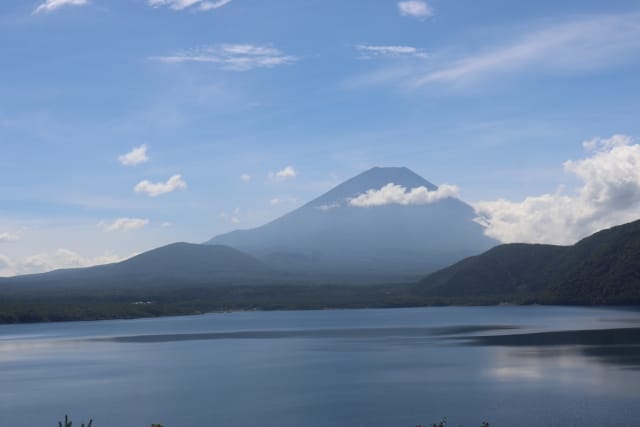
There are several convenient ways to access Mt. Fuji from Tokyo. I most recommend taking the Fuji Kyuko Bus from Shinjuku Station. It takes about 2 hours to reach the 5th Station, and you can relax and enjoy the scenery during the journey.
For train enthusiasts, I recommend taking the JR Chuo Line to Otsuki Station and transferring to the Fujikyu Railway. Also, the Fuji Tour Bus, which runs non-stop from Shinjuku Station to Lake Kawaguchiko, is a convenient option that takes about 2 hours.
If using a rental car, I recommend the route via the East Fuji Five Lakes Road, which offers enjoyable scenery. However, roads often get congested during tourist season, so I recommend allowing extra time for travel.
For those considering a day trip, I recommend joining a tour. It's an efficient way to visit major spots and is particularly popular with first-time visitors.
Enjoying Summer Mt. Fuji Hiking
With proper preparation and knowledge, climbing Mt. Fuji can be a wonderful experience even for those with relatively little experience. Drawing from my experience, I'll share advice for safe and memorable hiking.
Basic Information for Climbing Mt. Fuji
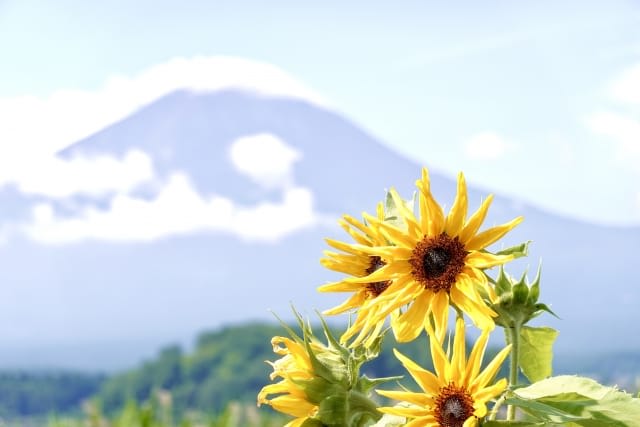
The official climbing season for Mt. Fuji is from July 1st to around September 10th. During this period, mountain huts are operating and first-aid stations are open, making it the safest time to enjoy hiking.
There are four main climbing routes: Yoshida, Subashiri, Gotemba, and Fujinomiya. For beginners, I recommend the Yoshida route, which is the most well-maintained and has many mountain huts. I always choose this route when guiding first-timers.
The typical hiking plan is one night and two days. This is an ideal schedule that reduces the risk of altitude sickness and allows you to enjoy the sunrise. Physical conditioning and altitude sickness prevention are essential - I recommend incorporating stair climbing exercises starting two weeks before the hike.
Necessary Equipment for Climbing

The most important equipment for climbing Mt. Fuji is proper hiking boots. From my 10+ years of experience, I strongly recommend using proper hiking boots that provide good ankle support. It's also important to break them in beforehand to prevent blisters.
Choose a backpack with 30-40 liters of capacity. You need enough space to store warm clothing, rain gear, water, food, and basic medical supplies. I particularly emphasize having enough room for warm layers like fleece and down jackets.
A headlamp is essential for nighttime and early morning hiking. Don't forget to bring spare batteries. I recommend carrying at least 2 liters of water per person and multiple high-calorie snacks. I particularly value foods that provide quick sugar like chocolate and energy bars.
Etiquette and Important Points in the Mt. Fuji Area
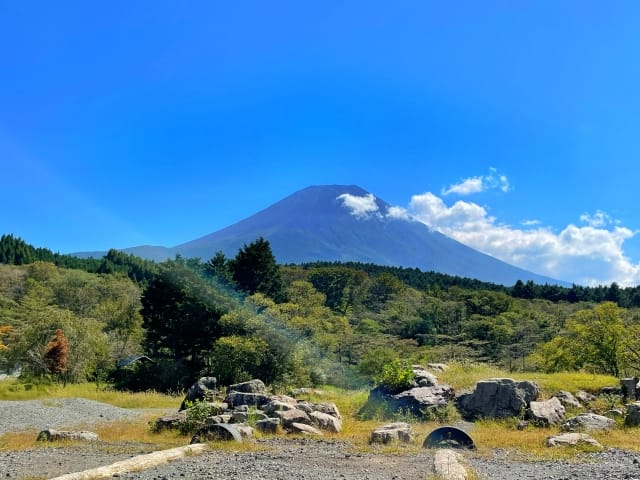
First and most importantly, respect nature. Always take your garbage with you, and refrain from collecting plants or rocks. While hiking, always call out when passing others to create a pleasant atmosphere for everyone's hiking experience.
Special attention should be paid to loud voices and noise in public areas. Maintaining a quiet environment allows more people to feel Mt. Fuji's sacred atmosphere. At shrines and temples, follow proper worship etiquette and always check whether photography is permitted.
If you don't have enough time to stay overnight and enjoy the nightlife around Mount Fuji, I recommend joining Magical Trip's "Mt. Fuji Full-day Nature Guided Tour with a Private Chartered Car" to visit all the must-see attractions around Mount Fuji in one day.
Since you'll be visiting carefully selected spots chosen by a guide who knows the Mount Fuji area inside and out, you'll be able to fully enjoy Mount Fuji's majestic appearance and rich natural surroundings in a single day while traveling by private car.
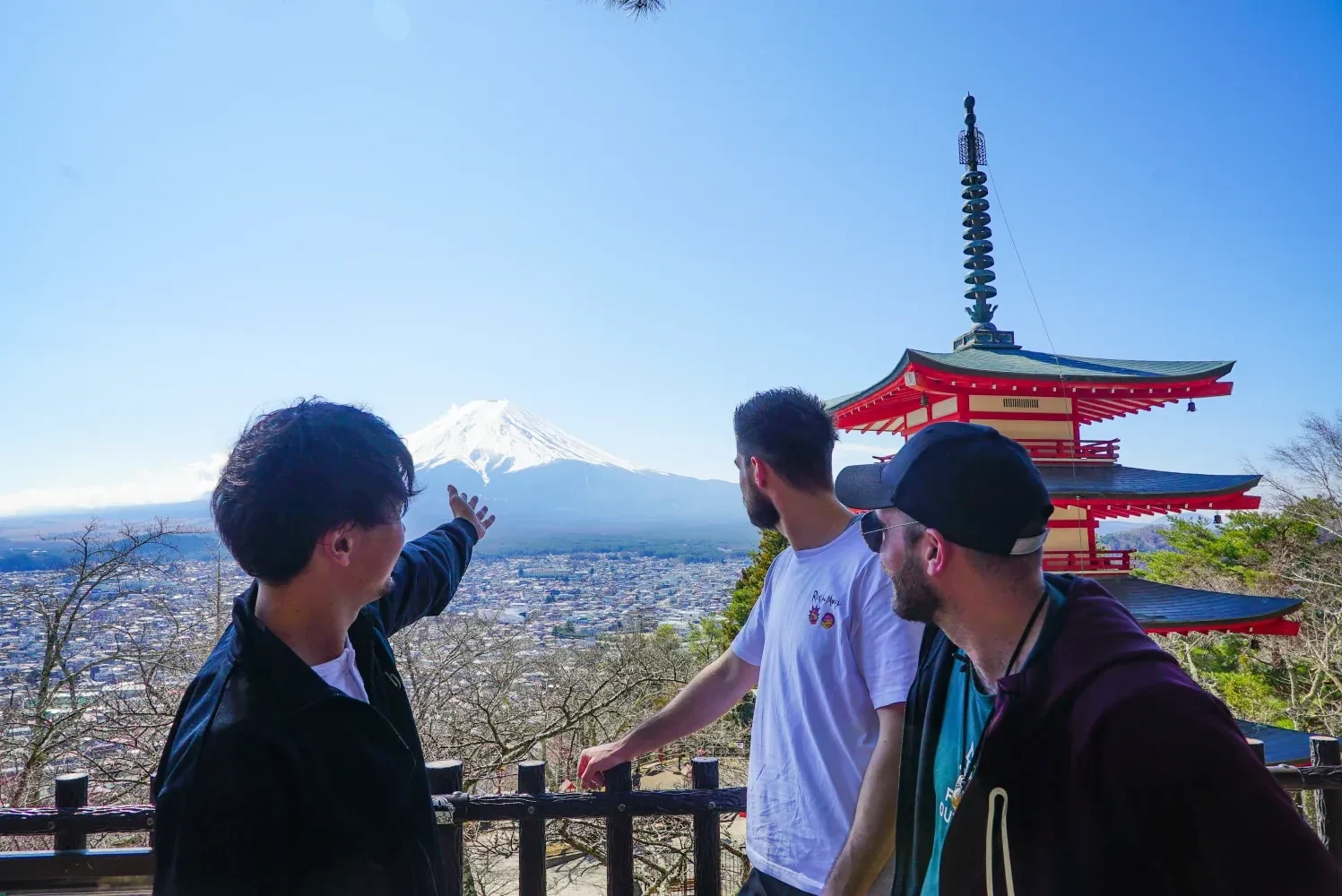
Summer Mt. Fuji Fireworks Events
In the Mt. Fuji area during summer, beautiful fireworks festivals are held against the backdrop of magnificent Mt. Fuji. I'll introduce some particularly impressive fireworks displays I've experienced over my 10 years here. The collaboration of fireworks reflecting on the lake surface with Mt. Fuji is a spectacular sight unparalleled anywhere in the world.
Mt. Fuji Lake Kawaguchi Mountain Opening Festival Fireworks
Source: Kawaguchiko.net
The Lake Kawaguchi Mountain Opening Festival Fireworks, held in early July each year, is a vibrant event marking the beginning of summer. I look forward to this fireworks festival every year, where about 2,000 fireworks color the scenery created by Mt. Fuji and Lake Kawaguchi.
The fireworks are launched from the Lake Kawaguchi shore, creating an enchanting performance with Mt. Fuji. My recommended viewing spot is around Oike Park, where you can enjoy the fantastical scenery of fireworks reflecting on the lake surface with Mt. Fuji's silhouette. Many local food stalls also set up, allowing you to fully enjoy the festival atmosphere.
Lake Yamanaka Hōko Festival

The Lake Yamanaka Hōko Festival, held annually on August 1st, marks the beginning of the Fuji Five Lakes fireworks season. About 10,000 fireworks are launched, creating a spectacular view as they're fired from multiple locations around Lake Yamanaka.
What I particularly love about this fireworks display is the beauty of the reflections on the lake surface. The calm lake surface acts like a mirror for the fireworks, creating a fantastical scene where fireworks seem to bloom both in the sky and on earth.
Enjoying the fireworks while having a picnic along the lakeshore is popular among locals, and I do this every year too. You can relax and enjoy the fireworks while savoring local delicacies from the food stalls.
Lake Kawaguchi Lake Festival
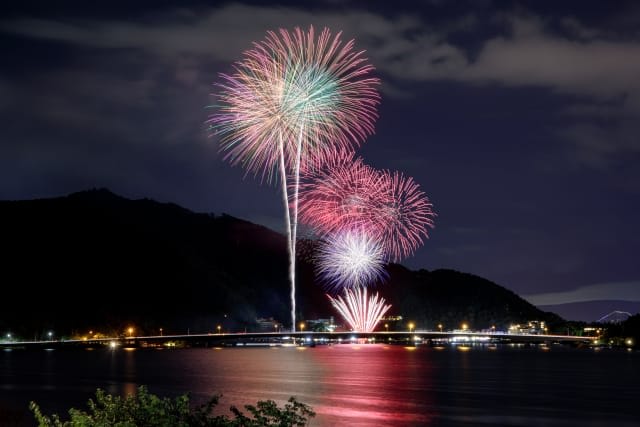
The Lake Kawaguchi Lake Festival, held around August 5th, boasts the largest fireworks display in the Fuji Five Lakes area. About 10,000 fireworks color both the night sky and lake surface, captivating all who see them with their scale and beauty.
A unique feature of this fireworks display is that fireworks are launched from boats floating on the lake. I'm particularly moved by the scenery of fireworks launched from the lake with Mt. Fuji in the background. The fireworks launched from just above the water surface have a unique beauty not seen elsewhere. The fireworks reflecting on the calm lake surface with Mt. Fuji's silhouette truly epitomize a Japanese summer scene.
Oshino Hakkai Festival

The Oshino Hakkai Festival, held annually on August 8th, is an event where tradition and modern fireworks harmonize beautifully. 5,888 fireworks are launched - the number chosen to correspond with the number "8" - embodying wishes for peace and prosperity in Oshino Village.
What makes this festival special to me is the fireworks show synchronized with music. Also, the traditional fire display called "Hachimonjiyaki" is a traditional summer spectacle that colors the night sky along with the fireworks. Local traditional performances and bon dancing are also held, allowing you to fully experience the atmosphere of a Japanese summer festival.
Frequently Asked Questions About Summer Mt. Fuji
Based on my experience, I've compiled answers to questions frequently asked by many tourists.
How Many Days Does It Take to Climb Mt. Fuji?
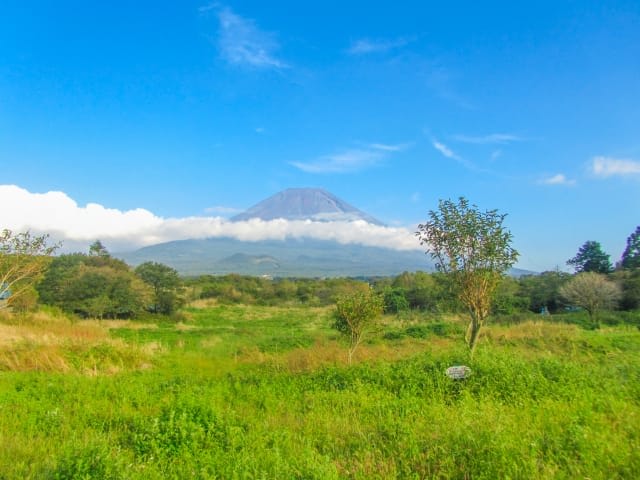
The standard schedule for climbing Mt. Fuji is one night and two days. From my over 10 years of Mt. Fuji experience, I'm convinced this is the safest and most fulfilling hiking plan. On day one, you climb from the 5th Station to a mountain hut at the 7th or 8th Station for rest. On day two, you depart early in the morning for the summit to view the sunrise - this is the typical schedule.
While day trips are possible for those confident in their physical fitness, I don't recommend them. Not only does it increase the risk of altitude sickness, but you also lose the opportunity to leisurely enjoy the mountain scenery.
Conversely, for those wanting a more relaxed pace, there's a two-night, three-day plan. In particular, staying at the 5th Station on the first day for altitude acclimatization is effective in preventing altitude sickness.
Including pre-climb and post-climb sightseeing and hot spring recovery time, I recommend a 3-4 day stay. This allows you to fully appreciate the nature and culture of this area.
When Is the Most Crowded Period for Summer Mt. Fuji?
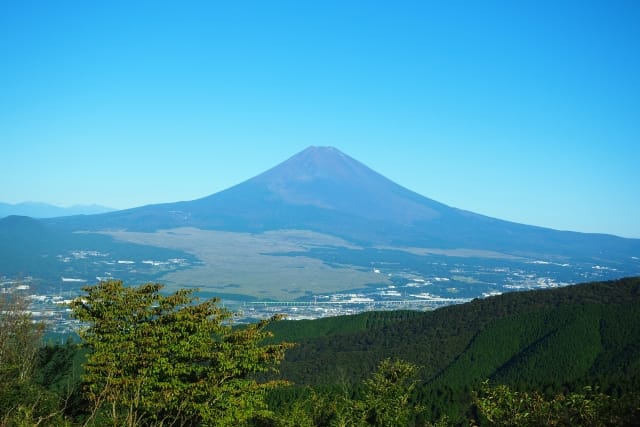
Based on my experience, the most crowded period is during the Obon holiday (mid-August). This period coincides with Japanese long holidays, making hiking trails, tourist spots, and accommodations extremely crowded. Mountain huts, in particular, can be difficult to reserve - sometimes requiring bookings several months in advance.
Weekends from late July to early August also see considerable crowds. Especially on fireworks festival days, nearby transportation and accommodations are almost always fully booked. I always recommend making advance reservations if visiting during these periods.
If you're aiming for less crowded times, weekdays are best. Also, early September is a hidden gem period with stable weather and fewer crowds. I particularly enjoy this time myself. The sky is clear with good visibility, and the temperature is comfortable for hiking.
Can Families with Children Enjoy the Mt. Fuji Area?

The Mt. Fuji area is perfectly enjoyable for families with children. I guide many families, and there are plenty of spots that everyone from children to adults can enjoy.
Fuji-Q Highland is a popular spot with attractions ranging from thrilling roller coasters to gentle rides for children. The Lake Kawaguchiko sightseeing cruise is an excellent tourist spot where you can view Mt. Fuji from the calm lake waters - even small children can enjoy it safely.
Fuji Subaru Land features attractions that make use of nature, and it's popular as a place where children can play while interacting with nature. There are also many campgrounds in the area where families can enjoy nature experiences. I often hear from my friends that it's particularly ideal for creating summer vacation memories.
Summer Mt. Fuji is an attractive tourist destination offering various ways to enjoy yourself, from hiking and fireworks festivals to family tourism.
Through my more than 10 years of visiting experience, I've shared Mt. Fuji's charm with many people. While there are certainly crowded periods, with proper preparation and planning, you can definitely create wonderful memories.
Summer, in particular, offers unique experiences such as sunrise views from the summit, the collaboration of fireworks reflecting on lake surfaces with Mt. Fuji, and surrounding tourist facilities. Please use this guide to find your own way to enjoy Mt. Fuji.
Finally, Mt. Fuji is a World Heritage site and Japan's pride. When visiting, I hope you'll treasure nature and follow proper etiquette. I sincerely wish that everyone's Mt. Fuji memories will be wonderful ones!

